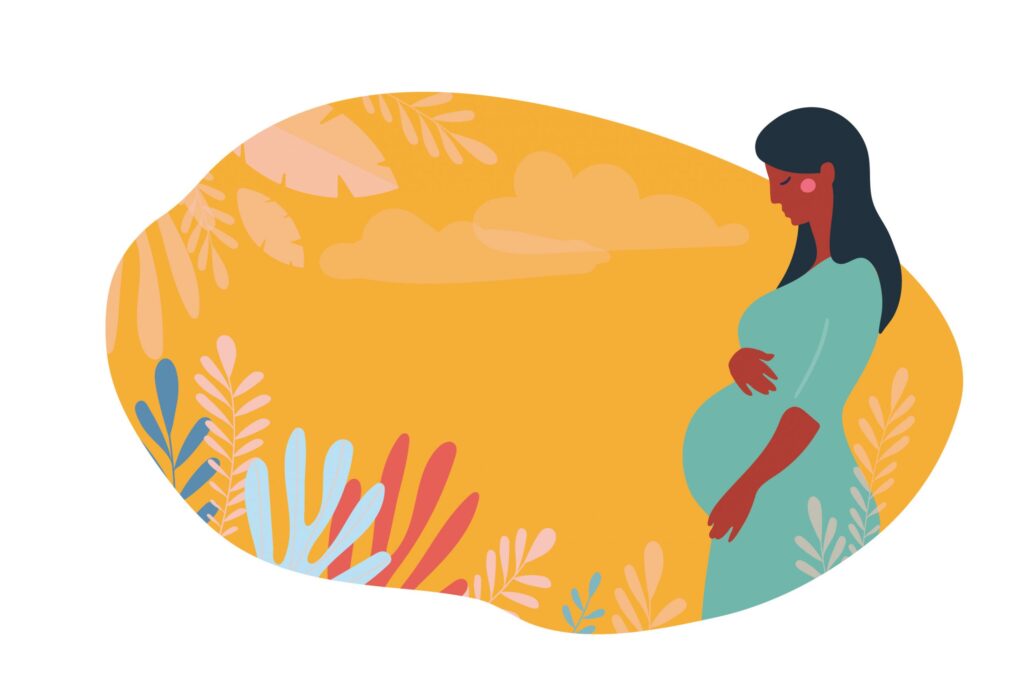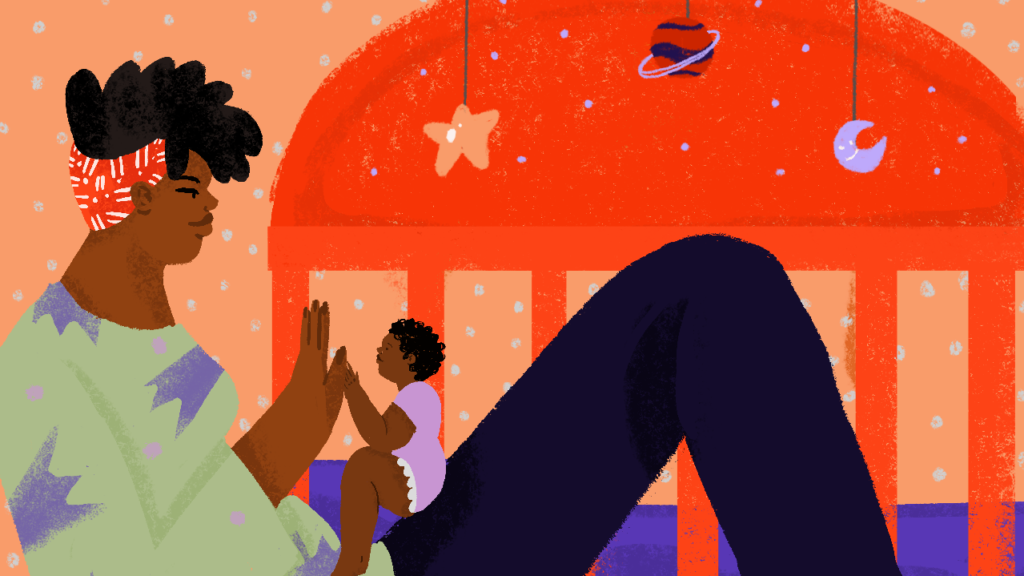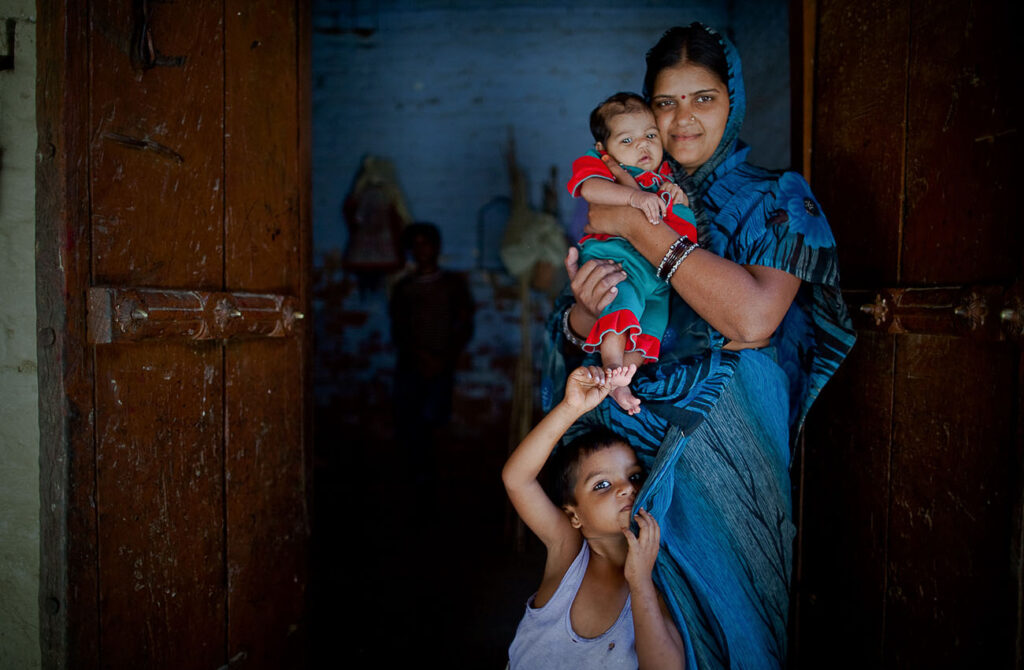From being a Girl Child to Bringing one into the World
Free institutional delivery is not the only thing that is sufficient to bring a child into this world. A child is not just a baby born from the womb but an act of creating a life that can truly catalyze a change in the world. The entire process however complicated it may be, is one that makes us most human. While we may have technologized this process in leaps and bounds, it is essentially one that reminds us of who we really are.
It is important to acknowledge the above because maternal healthcare should go beyond providing basic public health. It is the most natural, most ubiquitous, and at the risk of sounding biased, most beautiful. While public healthcare in all forms is necessary to be tackled, maternal healthcare lacks the same for a variety of unassociated reasons. Right from when girls are conceived, they are treated inadequately. Our problem truly starts in the very womb.

Lack of Nutrition
From day one of their lives, the quality of a girl child’s life is at risk because society somehow snips her very right to nutrition. A study discovered that when considered, on average, about 2,39,000 girls under the age of five die each year in India – solely based on gendered repercussions. This happens due to the main issue of the girl child being unwanted which leads to further neglect and complete apathy. This whole host of issues begins from prenatal mortality to premature deaths and all the way up to vulnerability to nutrition in one’s growing years.
Multiple studies have actually suggested that in rural households in India, where girls are born, they are breastfed for a shorter duration than the boys and thus they consume less milk. This troublesome and subtle practice puts women at a great disadvantage at the earliest of ages. Despite this, people question women’s physical strength in contemporary discourse. It is a shame really how the girl child is weaned earlier so that the parents can focus on trying to get a boy child.
Until 2016, a heavy 54 percent of adolescent girls were anemic in India. And this cycle doesn’t end here. Undernourished girls become weaker and further give birth to undernourished babies when they are of age. A pregnant woman with anemia is at much higher risk of preterm delivery, excessive bleeding, stillbirth, low birth-weight babies, and even the death of the mother. Along with their lives, the motherhood of the girl child is also at ultimate stake, which is interestingly one of the only things we consider them capable of.

Maternal Mortality and Failure of the Healthcare System
Maternal mortality refers to the death of a woman associated with maternal reasons or causes associated with pregnancy. This can refer to mishaps during pregnancy, after it, post-abortion consequences, or post-birth periods. As the reproductive health of women suffers, the girl child suffers at multiple stages in her life.
The maternal mortality rate is much higher in Asia as compared to Northern Europe. While socio-economic causes, lack of want for a girl child, and neglected infants are the socio-economic hurdles, that is only the tip of the iceberg. Direct obstetric causes is another war to be fought. Sepsis, infection, hemorrhage, and a ruptured uterus are not incidental or accidental in the maternal healthcare ecosystem of India. Illegal adoptions are still practiced rampantly which cause 50% of maternal deaths due to sepsis. In 1985, the WHO reported that 63-80% of maternal deaths were due to obstetric infallibilities and 88-98% of those could have actually been prevented if it would have been handled with better care.
The public health infrastructure in India has only expanded since independence. However, there are some basic problems that we are still far away from resolving. From basic telephone access to hospital linkages to blood banks, the Indian healthcare system has been suffering for a long time. It is even unclear how many maternity wards in the country are actually equipped and functional. About 50% of the community health centers (CHCs) and 30% of the FRUs (First Referral Units) in India do not have anesthetists or obstetricians. The WHO recommends at least four antenatal care checkups (ANC) for pregnant women in the age group ranging from 14-49. Unfortunately, in the Indian scenario, only a staggering 51% of that demographic had four or more ANC visits.

Conclusion
From bringing a girl child into the world to being one – the struggle for girls in India is endless. How shocking it is that we may risk so easily the very survival of the ones that are half of what contributes to our population. Pregnancy or childbirth-related complications are as real and natural as the process itself. But as a society, whether from a socio-economic point of view or a healthcare standpoint, we have failed women and their right to a healthy life.
Many schemes and programs have been underway for the same. But a review of these is essential because we still stand far from our goal. Not only a sound healthcare system but even a public distribution system for supplying foods and grains should be encouraged. Proper sanitation and menstrual health sound like personal and situational aspects but are largely determined by societal taboos, distribution, access, and availability. The health of the girl child is in our hands much more than we assume.
Author

